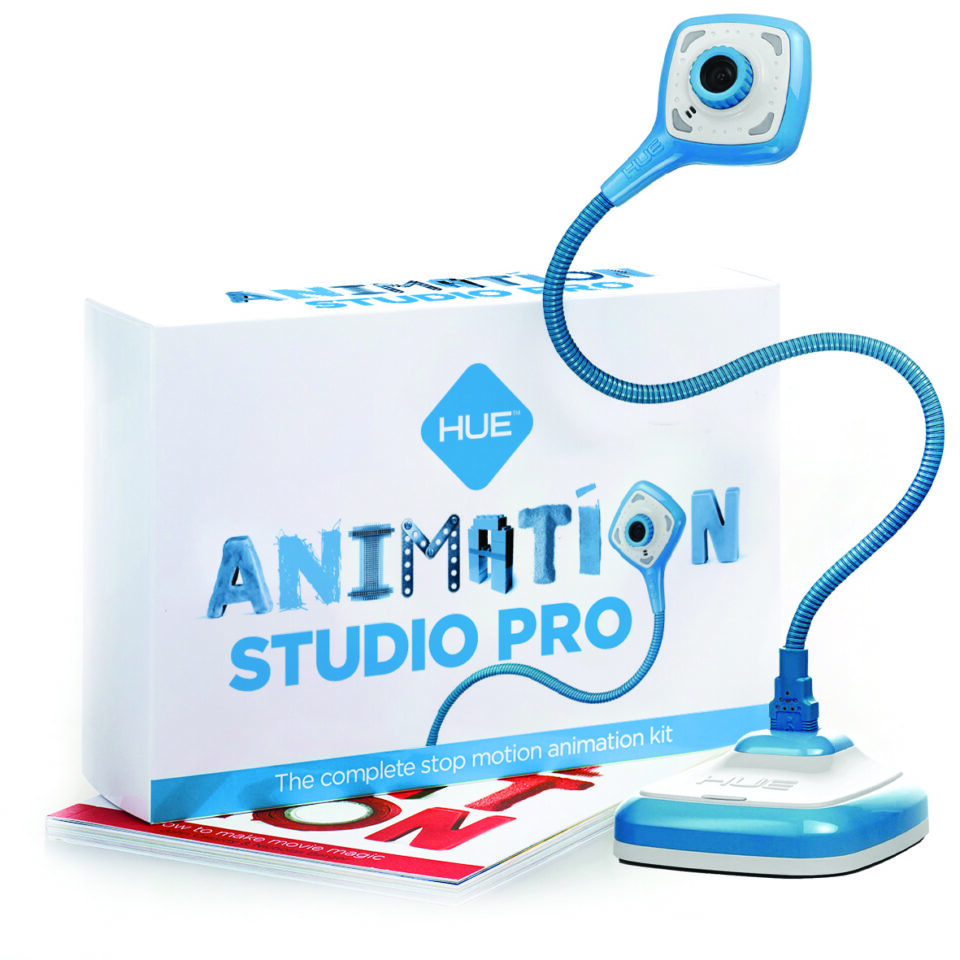
[EN] Awards: HUE wins a Back to Homeschool Award!

[DE] Erfahrungsbericht Didacta 2017: Was Lehrer zu digitalen Anschaffungen und Erziehung erzählten!

With so much information in the news at the moment about the Total Solar Eclipse about to hit our country, it’s hard not to be aware of it. How do educators maximise the educational opportunities it brings?
The timing of this important event just around the time of the new school year gives us a ‘stellar’… excuse the pun… opportunity to bring Science into the classroom in a truly exciting way.
Thanks to the NSTA (National Science Teachers Association), the wealth of information available is succinctly summarized into a digestible 8 page document stacked full of interesting facts about this once in a lifetime opportunity, only visible in its totality in the United States and for the first time since 1918. (See the full article below.)
You may be wondering what the eclipse has got to do with HUE Animation?
HUE prides itself on providing teachers with fantastic resources to bring subjects to life and is an essential partner in STEAM activities in your school. The eclipse is ideally suited to stop motion animation and a great, fun way for kids to learn all about it! Here’s how!
- Eclipse Animation. Everyone will have the opportunity to recreate this fantastic once-in-a-lifetime-event with your very own solar eclipse animation! We’d love to see how many we can collect by the end of September.
- Time-lapse. If you’re lucky enough to live in the 70 mile wide band of Totality spanning the entire breadth of our country from Oregon to South Carolina, you will be able to record the Total Eclipse for yourself using the fantastic Time-lapse feature in HUE Animation. A Partial Eclipse will be visible in many more areas and equally worth of recording.
We’re actively looking for people just like you to record this incredible event.
If you already have a HUE Animation Studio you’ll know what to do, but if not, there’s still time to buy your kit from Amazon for the special price of $53.96 using the claim code PENUMBRA!
What’s more, over 7,000 libraries across the US are hosting eclipse events and are providing free Solar Eclipse glasses (essential for viewing). Click on the interactive map to find your local participating library.

Source: NASA@ My Library initiative and the Moore Foundation.
We have created an example of the kind of animation you could make:
Or take a look at this animation created in the STEM: HUE Animation Program at the Butler Public Library in New Jersey:
Further information
Here’s the article we mentioned earlier in the NSTA’s Solar Science ‘An observers Guide to viewing the Eclipse’.
“On Monday, August 21, 2017, a total eclipse of the Sun will be visible in the continental United States for the first time in almost 40 years. A total eclipse is when the Sun is completely hidden by the Moon, the sky becomes dark, and the Sun’s faint atmosphere (corona) becomes visible—looking like a beautiful halo. This total eclipse will only be visible on a narrow track stretching across the United States from Oregon to South Carolina. No other country will get to see the total eclipse this time. The rest of the United States and other parts of North and Central America will see a partial eclipse, in which the Moon covers only a portion of the Sun. A partial eclipse is interesting, but nowhere near as awe-inspiring and memorable as a total eclipse. A partial eclipse is also dangerous to look at without something to protect your eyes from the Sun’s damaging rays. “
Follow the link to read more.
2017 Eclipse Overview (source: NASA’s GSFC)
We also recommend visiting the NASA for Educators Eclipse site.
Update: The Night Sky Pix blog has posted a guide with comprehensive tips for photographing a solar eclipse.



